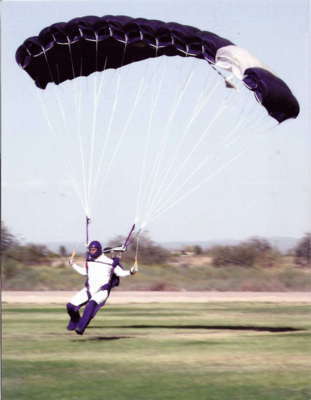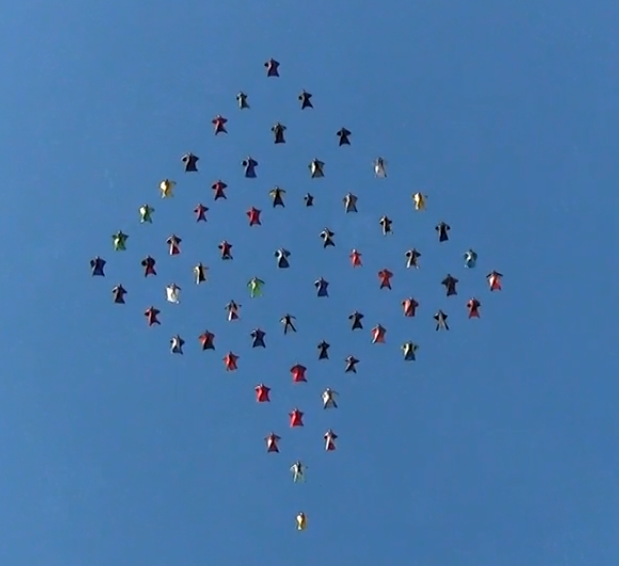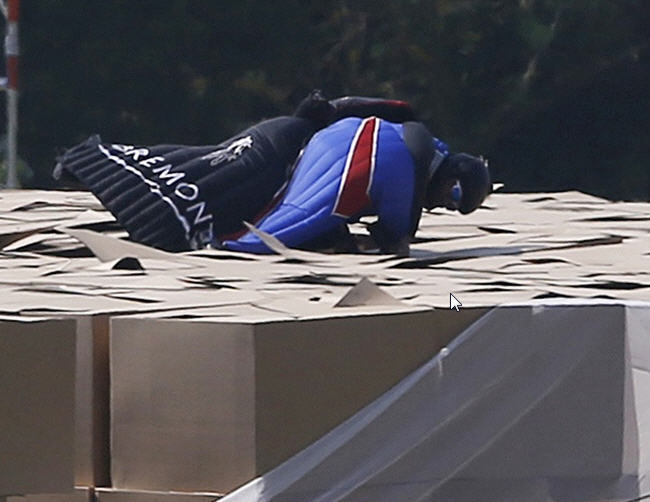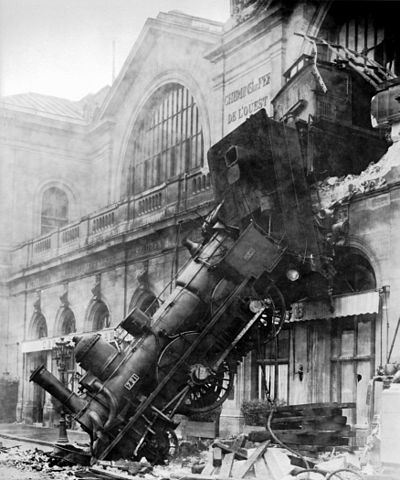Does anyone else constantly see video with flat flyers who can't track at break off for love nor money?
By
Newbie, in Safety and Training
Recommended Posts
QuoteGPS records altitude, latitude, and longitude at each interval (mine does it once per second). It is useful for flight as well as ground navigation and logging.
It is true that the max speed recorded will be the plane's speed. However using Paralog 2.1.7 and a GPS unit, it's easy to see what horizontal distance you've travelled throughout the entire skydive.
What model are you using? How do you access the second by second data? I've never moved on from my classic Garmin GPS12, which has no immediately accessible manner of dumping. I think it does have the port for some sort of data connection, but never investigated it further.
Short of that, you only have the max speed to work with, and it's not too useful. OTOH, if the speed updates quickly enough, I have one of the early versions of the Timex Speed-Distance units that you could eyeball.
JohnMitchell 16
IMHO, it's all about distance covered for a given altitude, not how fast you cover it. At breakoff, you have x amount of altitude to get as much separation as possible from the other jumpers. The flattest track wins. And that is not necessarily the slowest track, either. Just like any aircraft, the best L/D ratio is found well above the stall speed.Quote>Tracking competitions are won or lost on ground distance travelled.
Sort of. They're lost on distance travelled in a certain amount of altitude. If you go farthest but pull at 500 feet you lose, and if you get the pilot to go higher for your pass you get disqualified. So someone who can track at 50mph but falls at 120mph will lose to someone who can track at 45mph but falls at 90mph.
Most people don't trackas well as they could, from what I observe. Most common mistakes are arching and not really pushing on the air with their arms and hands. But they ususally track well enough for the dives they go on.
Remster 30
Quoteit's all about distance covered for a given altitude, not how fast you cover it.
For break-off, definatly. You need to get as much distance covered between breakoff until opening.
For tracking competitions, I think its measured from X seconds from exit, for T time (45s I think). It's its own different little world.
kallend 2,196
QuoteIMHO, it's all about distance covered for a given altitude, not how fast you cover it. At breakoff, you have x amount of altitude to get as much separation as possible from the other jumpers. The flattest track wins. And that is not necessarily the slowest track, either. Just like any aircraft, the best L/D ratio is found well above the stall speed.Quote>Tracking competitions are won or lost on ground distance travelled.
Sort of. They're lost on distance travelled in a certain amount of altitude. If you go farthest but pull at 500 feet you lose, and if you get the pilot to go higher for your pass you get disqualified. So someone who can track at 50mph but falls at 120mph will lose to someone who can track at 45mph but falls at 90mph.
Most people don't trackas well as they could, from what I observe. Most common mistakes are arching and not really pushing on the air with their arms and hands. But they ususally track well enough for the dives they go on.
If everyone improved their tracks from "well enough" to "excellent" the breakoff altitude could be lower giving more time to do whatever.
The only sure way to survive a canopy collision is not to have one.
riddler 0
QuoteAgain, I don't mean to bash flatties, but i think you see less of this with FFer's because of the propensity to go on tracking dives, to feel more of the wind on different body configurations and hence understand how to be more effecient at flying and what efficient flying feels like.
Huh? You gotta be jumping with people from a different planet than me. I've done a bit of both free-flying and belly flying. By and large, the belly flyers tend to be MUCH better trackers. It's not always the case. But I've seen a lot more FFs that track poorly.
I shouldn't be such a judge of tracking - it's something I'm not great at myself. So I do a lot of practice tracking jumps (solo and with groups). I recognize that I should be much better than I am. So I keep working at it ...
lug 4
I have seen exactly what you are describing, and I agree with Bill’s observation I too have see it in both free and belly fliers.
You are not hallucinating.







Share this post
Link to post
Share on other sites